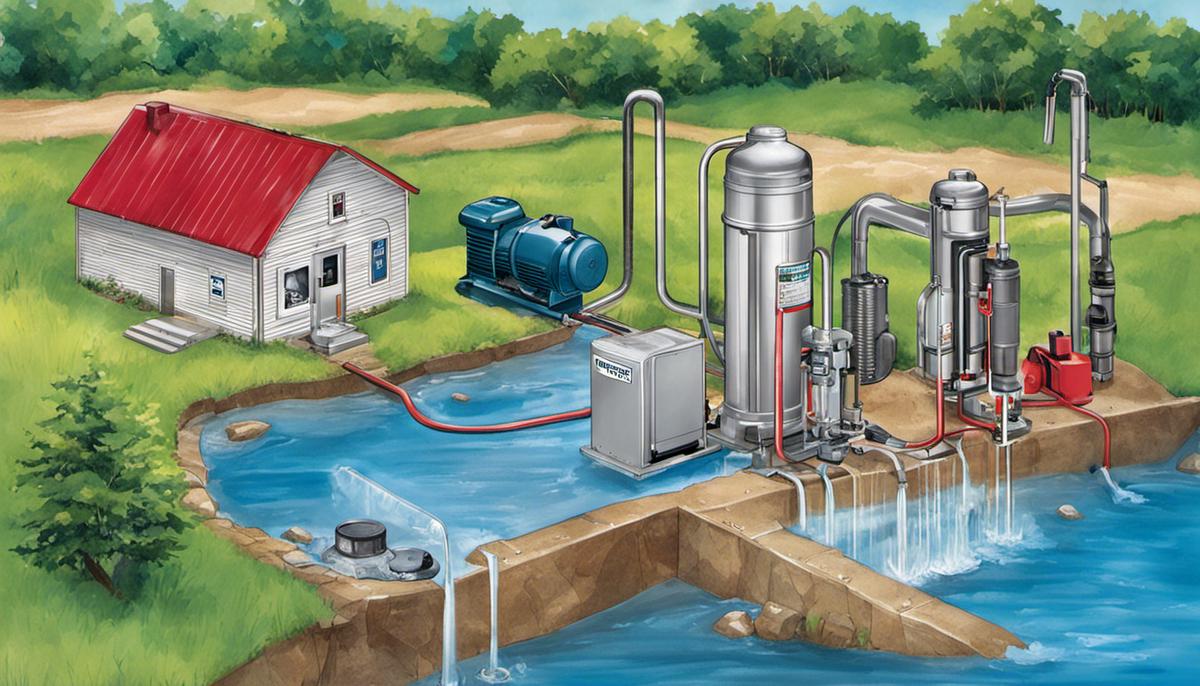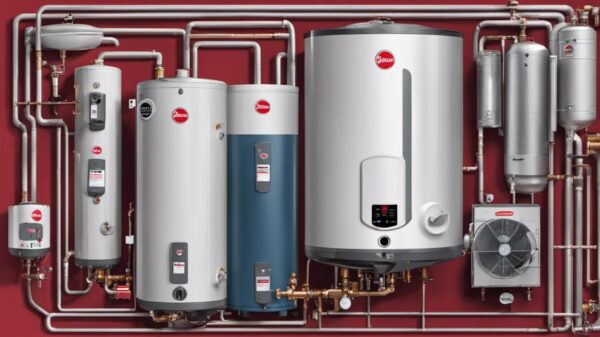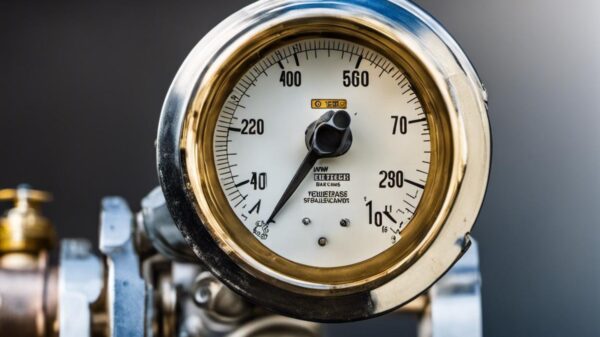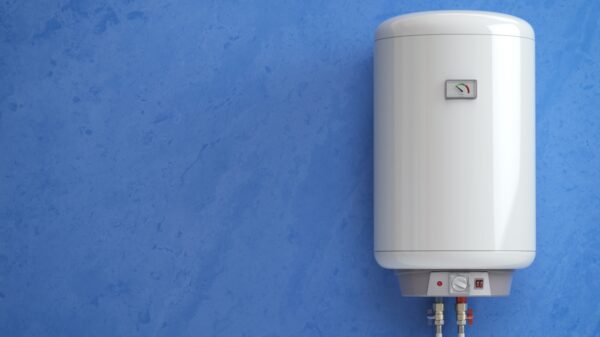Choosing the Right Sump Pump
Whether you own a residential or commercial property, safeguarding your basement from water damage is paramount, and one of the essential tools in this regard is a sump pump. However, sump pumps vary significantly, not only in their types but also in their effectiveness, ease of use, and suitability for different needs. The world of sump pumps can indeed be overwhelming without proper guidance. This article will serve as a comprehensive guide, shedding light on the different types of sump pumps, factors to evaluate when choosing one, and tips for maintenance and troubleshooting for common issues.
Understanding The Types of Sump Pumps
When stepping into the world of sump pumps, it’s a veritably exciting endeavor. It’s essential to understand that not all sump pumps are created equal and selecting the right one can make a significant difference. There are several types available, each with distinct features and designs suitable for various scenarios.
-
- Pedestal Pump: Aptly named, this type has an elevated motor which doesn’t sit in the pit but stands on a pedestal to avoid water contact. Ideal for smaller sized sump basins, these pumps do a great job in a tight spot. Notably, their above-water positioning makes them easier to maintain due to their accessibility.
-
- Submersible Pump: With an air-tight sealed motor, this pump is submerged directly into the water. Their submerged design offers quieter operation and is proficient in pumping larger volumes of water. Also, submersibles tend to last longer since their underwater positioning enables better motor cooling, proving beneficial in the long run.
-
- Battery Backup Sump Pump: This sump pump variation is a real lifesaver during power outages. Fitted with a battery pack, these pumps continue to function independently of the power grid. Some models are standalone pumps, while others are secondary pumps augmenting primary systems. As such, they remain an ideal crisis management option when primary pump systems fail to operate.
-
- Water-Powered Sump Pump: The absolute last line of defense is the water-powered sump pump. Operating sans electricity or battery, these use home water pressure to trigger suction and remove sump water. Though they can’t match the pumping speed of electric models, they provide invaluable peace of mind since they operate indefinitely as long as the water supply is steady.
- Combination Sump Pump: The best of both worlds, the combination sump pump has a primary and a battery backup pump combined into one system. This coupled system offers stability and security, ensuring that even if the power fails, the battery backup kicks into gear.
When diving into this captivating universe of sump pumps, it’s critical to understand that different pumps cater to varying needs. From the reliable pedestal and submersible pumps to the infallible battery backup and water-powered pumps, there’s certainly a type to fit every requirement. Couple this knowledge with an understanding of personal needs, and the result will undoubtedly be a wise and informed decision on the optimal sump pump.
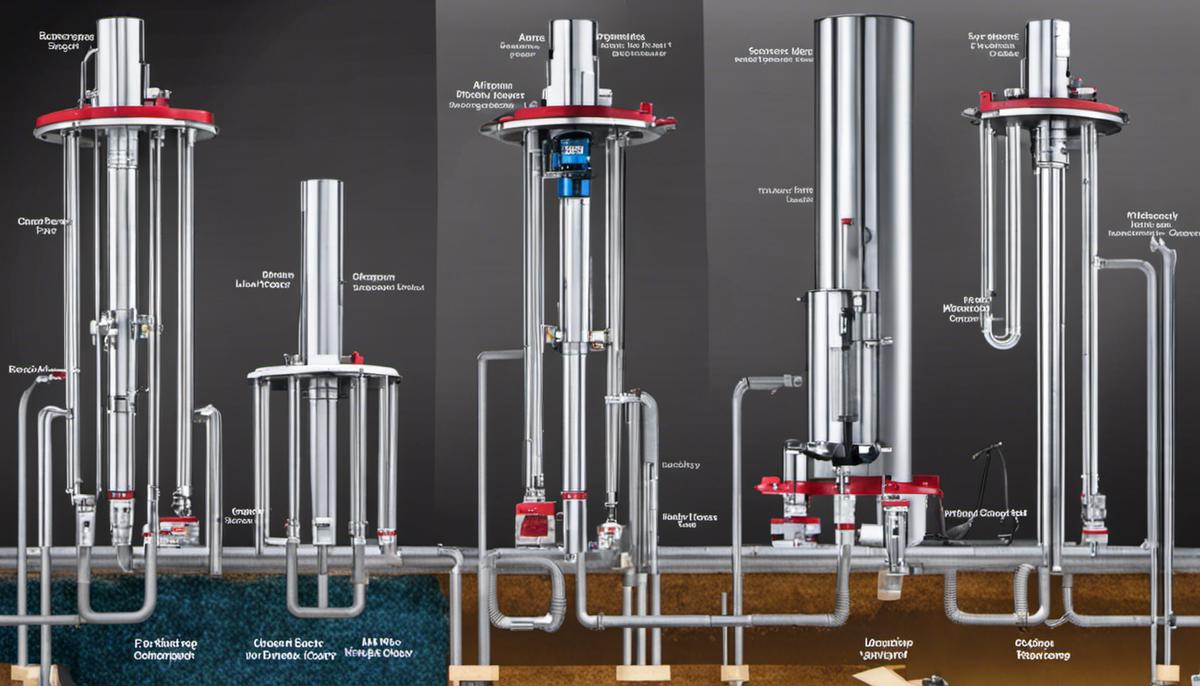
Factors to Consider When Choosing a Sump Pump
Selecting the optimum sump pump is a task that requires careful consideration and a decent understanding of the factors that come into play. Four critical factors that should hover at the top of any selection checklist include horsepower, switch type, construction material, and pump performance – delineated by the gallons per hour (GPH) or gallons per minute (GPM) rating.
Starting with horsepower, this might seem like an obvious point, but it’s a crucial aspect that often gets overlooked. More often than not, a 1/3 to 1/2 horsepower sump pump is more than adequate for most homes. However, it’s always worth seeking expert opinion or conducting thorough surveys to ensure the picked pump has enough power to fulfill the demands.
Switch type is another significant factor. There are multiple switch types including tethered, vertical and electronic. Each one has its prime use case. Tethered switches, for instance, require a larger sump basin due to their longer float range but are an ideal choice if the water intake is high. Conversely, vertical switches are perfect for smaller sump pits, thanks to their compact form.
Building on this, one should prioritize sump pumps constructed from sturdy, corrosion-resistant materials. Cast iron, stainless steel, or thermoplastic are a few good options worth considering. While cast iron pumps, with their bulkier composition, offer excellent heat dissipation leading to a longer lifespan, the lightweight thermoplastic pumps serve as an economical choice that is equally robust.
Finally, analyze the pump’s performance. A sump pump’s GPH rating refers to the amount of water it can displace from your basement to the outside per hour, and the GPM refers to per minute. Quite simply, the higher an appliance’s GPH/GPM rating, the better its water evacuating ability.
Choosing a sump pump doesn’t have to be complicated. With due diligence, a little research, and an understanding of what to look for, it can be a task smoothly handled. Just remember, investing in a quality sump pump can be the difference between a dry, pleasant basement and one that is damp, humid, and uninviting.
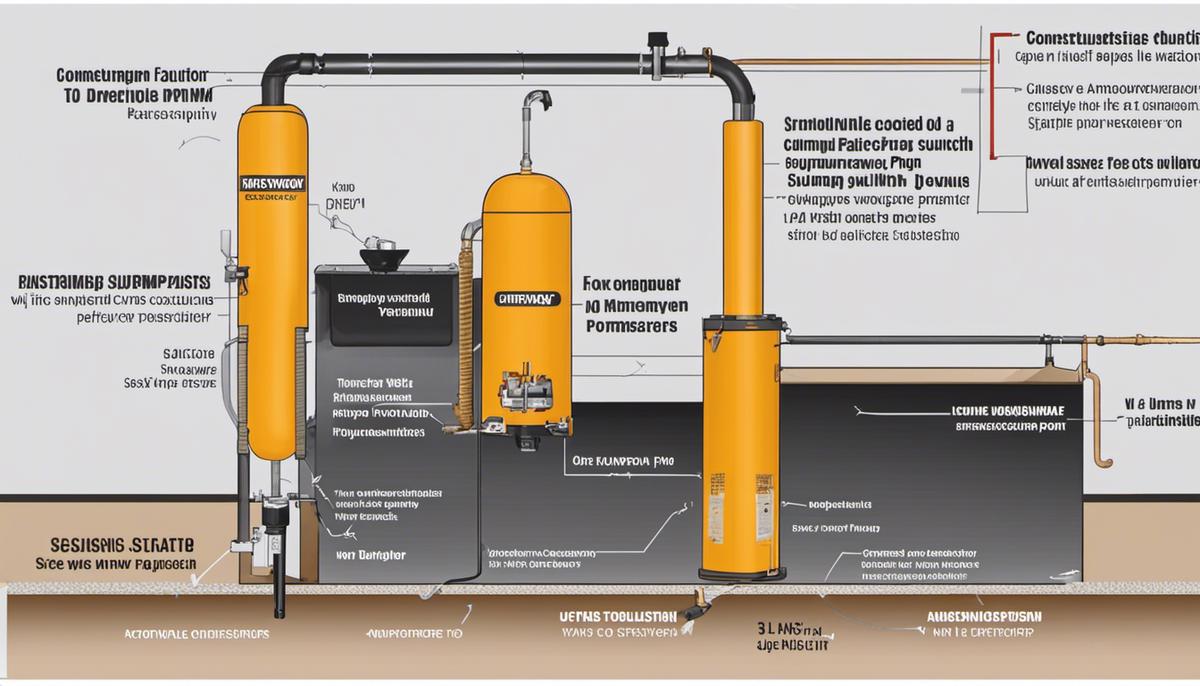
Maintaining and Troubleshooting Common Sump Pump Problems
Upkeep Essentials and Problem-Solving Strategies for Your Sump Pump
Efficient maintenance of the sump pump involves a few simple, but crucial steps. Regular checkups, routine cleaning, and attentive troubleshooting are cornerstones in extending a sump pump’s lifecycle. Sump pump enthusiasts can attest to the satisfaction that comes from mastering the care for this essential piece of equipment.
Beginning with regular inspections, a minimum of two checks per year is the general recommendation. However, for those living in regions prone to heavy rainfall and rapid snow-melt, it may be wise to inspect the sump pump quarterly. Listen for strange noises and look for signs of wear and tear which might indicate a component failure. It might help to pour a bucket of water into the sump pit to ensure smooth and swift water removal, as an efficient pump should immediately switch on.
Routine clean-up is equally as paramount. Regularly remove any debris that may have fallen into the pit to avoid clogging and motor burnout. If the house has hard water, the pump should occasionally be cleaned with vinegar to remove calcium deposits which could hinder the pump’s performance.
Troubleshooting, however, can appear more complex, but a wealth of common problems come with simple solutions, provided one knows where to look.
If a pump over-exerts without actually pumping, it’s often a sign of a problematic switch or float. Check the switch cord carefully, keeping an eye out for knots or tangles. The length of the float cord might also be an issue, inhibiting proper pump function if it’s too short.
For pumps that are running non-stop, the problem could be an incorrectly sized liner or a malfunctioning check valve. A liner that’s too small will cause the pump to fill rapidly, overworking the system, whereas a faulty check valve allows water to flow back into the pit when the pump switches off. In either case, swift intervention is necessary.
Energy inefficiency is another common issue. A pump frequently cycling on and off can wear down its mechanical components and consume excessive power. An easy remedy here could be adjusting the float switch, which should allow the sump pit to fill appropriately before the pump operates.
A backup power source must be considered crucial. Power outages are common during heavy rainfall – the time when the sump pump is most needed. A battery backup system or a water-powered backup pump could be a potential lifesaver.
Finally, should the pump not be running at all, check to make sure it is plugged in; restart the circuit in the breaker box. If all else fails, calling a professional for inspection may be the safest route rather than risking water damage from a complete failure.
Conquering the art of sump pump maintenance and troubleshooting doesn’t call for technical genius. With these grounded tips and strategies, keeping the home dry and the pump humming becomes a task any hobbyist would be proud to master.

Enlightening oneself about sump pumps might not seem like a pressing matter until one finds themselves in a foot of water with damaged valuables. The value of a reliable, powerful, and suitable sump pump that is well maintained cannot be understated, especially for property owners in flood-prone areas. As the article has explored, understanding the different types of sump pumps and the factors to consider when choosing one can help prevent catastrophic property damage. Moreover, regular maintenance and timely troubleshooting can significantly extend your sump pump’s lifespan and functionality, ultimately saving you from unwarranted distress and financial costs.


